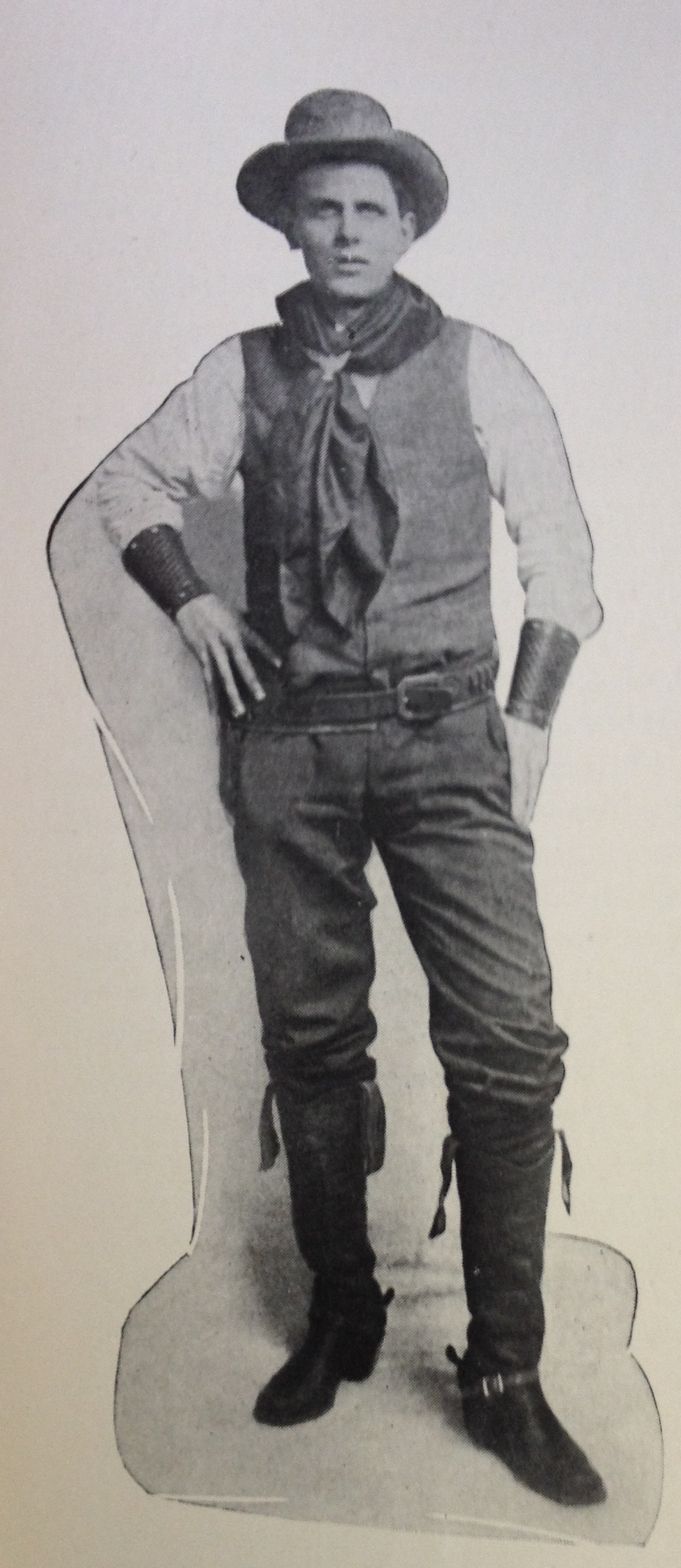Around the turn of the last century, James Reuel Smith documented and photographed the natural springs and wells of New York City. Why? Well, he was born into a wealthy family and was clearly interested in fresh water.
Most were in the northern part of the city where there was less development and drinking water piped in through the Croton Aqueduct was not as readily available. Smith rode his bike to these locations, and that’s presumably his ride in the photo below, taken in 1897. His kit includes a couple of leather bags attached to the bike frame as well as a rear rack, perhaps used to hold his camera. You can see a communal tin cup hanging on a branch of the tree growing next to the spring, as well as the flat rocks laid around the spring opening.


Smith’s interest in water sources was not limited to New York. In 1922 he published Springs and Wells in Greek and Roman Literature, their Legends and Locations. Springs and Wells of Manhattan and the Bronx: New York City at the End of the Nineteenth Century was published posthumously in 1938.

